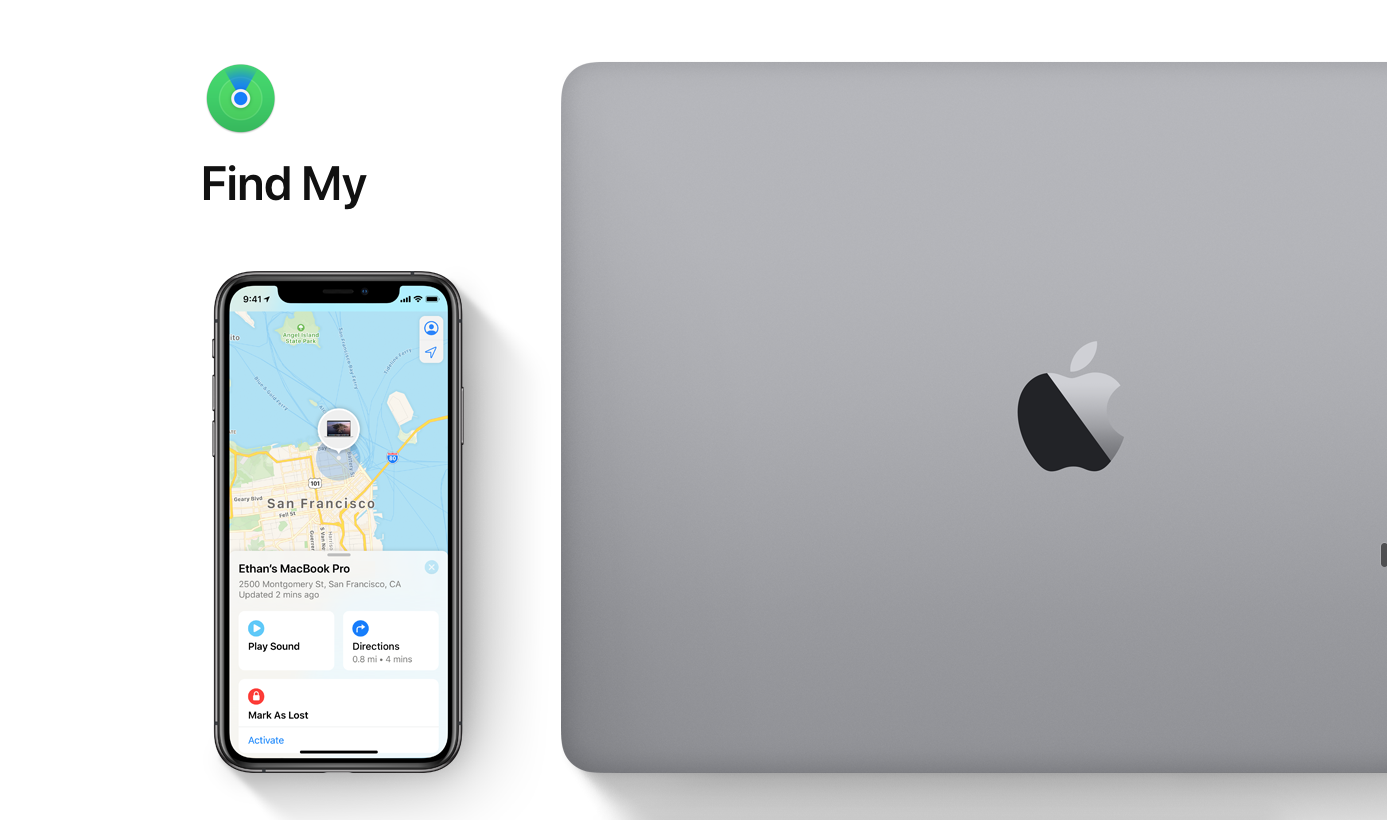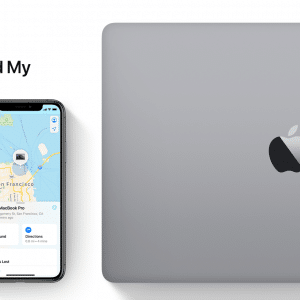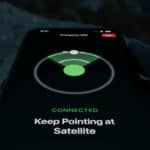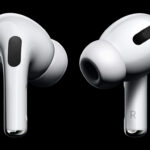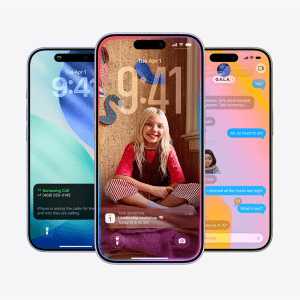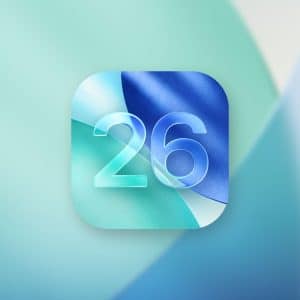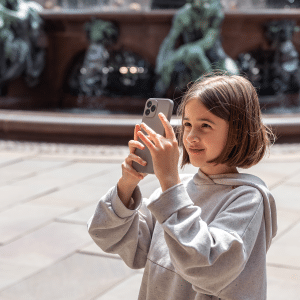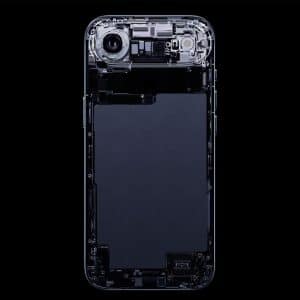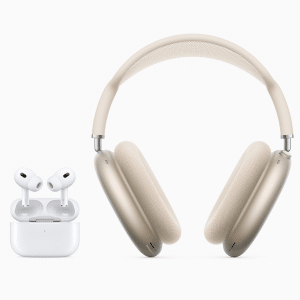Apple has shared more information on its new Find My app coming to iOS, iPadOS, and macOS devices later in the year, streamlining the previous Find My iPhone and Find My Friends applications that came packaged with previous OS releases.
As outlined at WWDC 2019, Apple is taking advantage of its huge user install base to make Find My work, with devices sending out Bluetooth signals to find nearby iOS or Mac machines, sending a unique identifier and location information back to Apple to tell users.
The new service marks a new direction, allowing users to track their lost or stolen devices even if they’re disconnected from the internet, something that was not previously possible.
It has been revealed that the entire process is automated and encrypted, designed to prevent bad actors from taking advantage of the new service and to prevent snooping or stalking.
“Now what’s amazing is that this whole interaction is end-to-end encrypted and anonymous,” Federighi said at this year’s WWDC keynote presentation, showing off the changes coming as part of this year’s release.
“It uses just tiny bits of data that piggyback on existing network traffic so there’s no need to worry about your battery life, your data usage or your privacy.”
Now, speaking to Wired, Apple has shared new information on Find My and the way it works, breaking down the steps involved in the process.
Apple’s chat with Wired also confirmed that users would need at least 2 Apple devices in order to take advantage of the Find My feature.
When first setting up Find My, users are required to own at least two Apple products, as they generate a strong private key that is later shared between registered devices via end-to-end encrypted communication.
It’s this key that is stored locally, via Apple’s Secure Enclave on the iPhone, or on the T2 chip on the Mac, for later use – for example, if a device was stolen.
The next step is the public key, which can only be decrypted with the private key, which serves as a beacon, sending out to nearby devices via Bluetooth.
The public key rotates often so that numbers cannot be linked to previously used keys, increasing the security of the new feature.
The Bluetooth beacon is then broadcast to other devices nearby, which picks up the signal and uses the public key to send information back to Apple’s servers.
When the data returns to Apple, users who are looking for a lost or stolen device can open their Find My app on a second Apple device and search.
The second device then sends a hash of its public key to Apple, which is matched with the stored beacon key, and reveals information as to the whereabouts of the missing device; pretty high-tech stuff for an iPhone!
Find My launches with iOS 13 and macOS Catalina later this year. Keep it AppleMagazine for the latest on iOS, macOS, and more as soon as we get it, and subscribe to our magazine for in-depth news and analysis every week.
